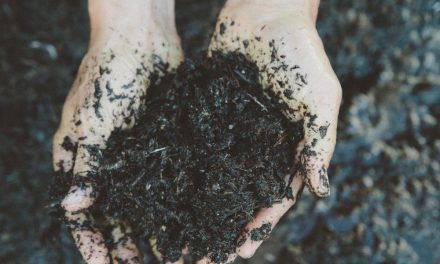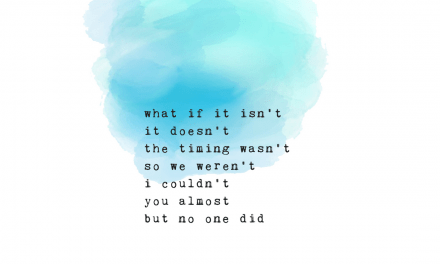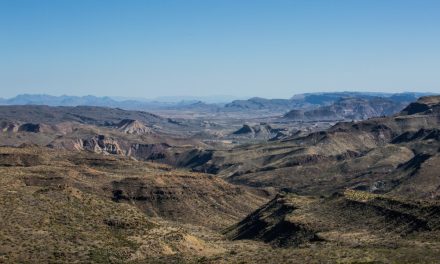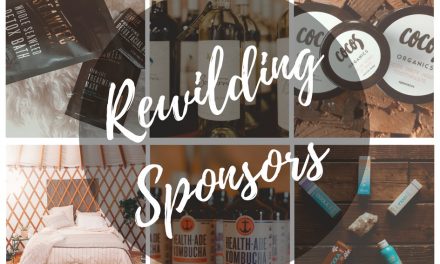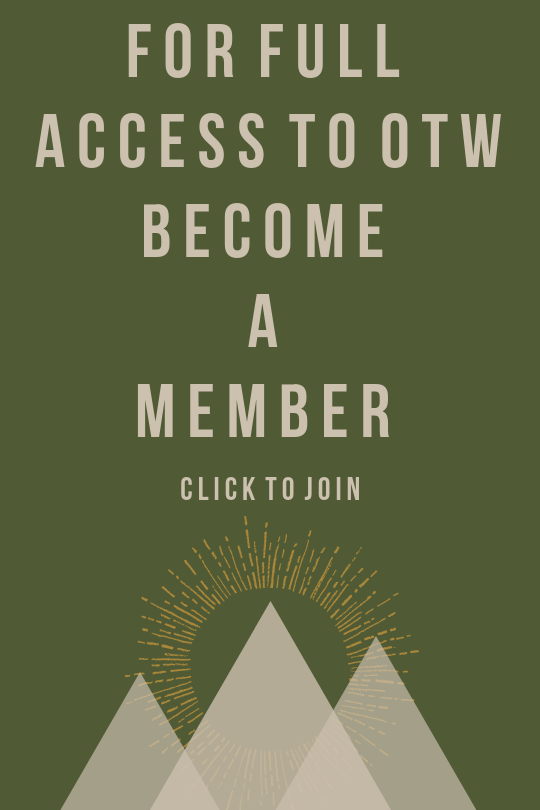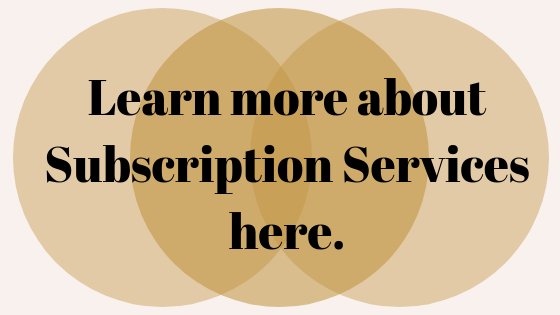Cultural Preservation and Personal Conservation With Anthropologist & Entrepreneur Jess Bercovici of Stela 9
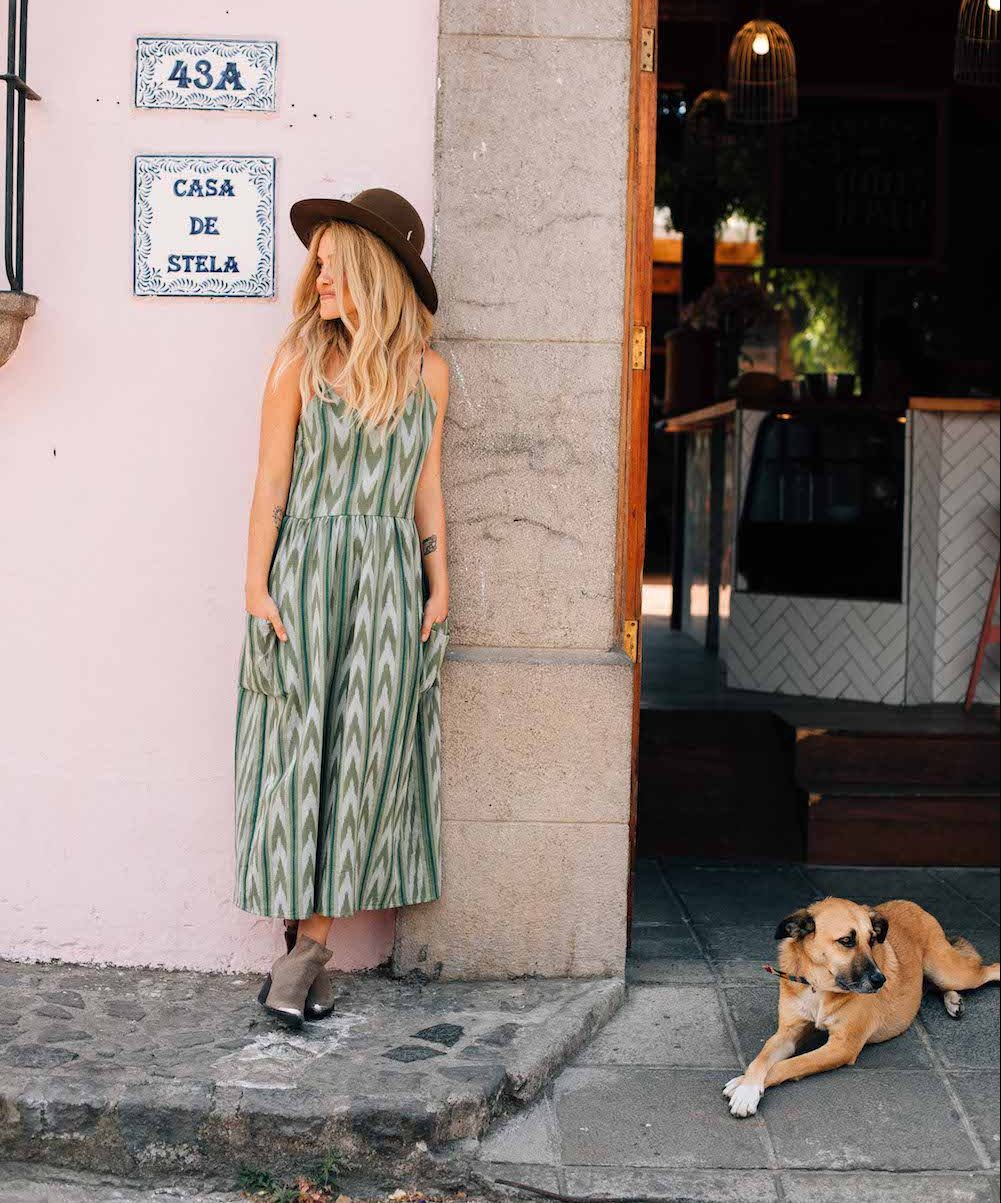 All photos by Stela 9/Jess
All photos by Stela 9/Jess
“My role within the company is really to bridge the divide within an international demographic. It’s my responsibility and joy to make designs that transcend and communicate Guatemalan culture abroad.”
A casual mention between a friend and I one day led me to look up the Guatemalan-based brand Stela 9 and its founder Jess Bercovici. Jess was born and raised in Los Angeles and first visited Guatemala in 2007 as an archaeological assistant on a pre-classic Mayan site on the Pacific Coast of Guatemala near the Mexican border called La Blanca. She fell in love with the colors, the culture, and the clothing – the vibrantly gorgeous textiles created there. She worked on the project for three consecutive summers and then committed to starting a brand with a few artisans she had met. 2010 she established Stela 9 and quickly found that cultural preservation through creating modern, wearable handbags and clothing was not so different from anthropology.
Some people would move mountains for their dreams, and this was the sense I got from Jess when we spoke. At a young age she started a slightly complicated business in a foreign (but beloved to her) country, opened another business atop this – the Casa de Stela hotel – and sustained all these challenges while battling brain cancer.
Jess was a few moments late this particular morning to catch our chat, understandably so, as she was busy dealing with the IRS and the financial pressures of running one’s own business. We begin here, this natural place – talking about the unglamorous and often dominant side of entrepreneurship, like administrative work, finances, and the parts of business to which we are not necessarily naturally attuned. Jess has had her fair amount of struggles and is candid in relaying to me how difficult the financial struggles of planned and unplanned expansion were in a foreign land, as the inner sanctum of her brain was under siege. With 2019 though, things seem to be in steadfast flow for Jess.
 Casa de Stela
Casa de Stela
Had you dreamed as a young girl of going into anthropology and archaeology? What was it about it?
Recently when looking through old year books my parents have stored in the garage I found that when I was in 6th grade I was set on eventually becoming the first female president, an archaeologist and an actress – very ambitious. Minus the political career, in a strange way I have kind of stuck to my 11 year-old-self’s instincts. I worked very hard in my late teens and early twenties at acting. It’s one of those things that I love and will always be a passion of mine but after years of it not being a viable career and depending on waiting tables to cover my living expenses, I decided to let it go and really focus again on school. By chance, I took an intro to Anthropology course and changed my major from theatre to Anthropology that semester. I didn’t really know what I was doing at the time, I just wanted to be part of something that I was passionate about and would result in a degree (not necessarily a career afterwards). Fortunately at CSUN, the Anthropology department is fairly small and for this reason most of my classes where at least half filled with grad students. An opportunity came up to apply for a research assistant position with a Meso-American Archaeologist and my grad student friend pushed me to apply. Working for him led to my first summer in Guatemala. It was here I developed a skill as an on-site artist and was able to document artifacts with technical drawings. I eventually did the same for another project for UCLA in northern Chile.
How many years have you been in Guatemala now?
I’ve been here since 2007; however, 2013 I moved here full time. I fell in love with Guatemala during the college apprenticeship. During these visits, the idea for Stela 9 formed, and the plan was always that I would come back. I was in Guatemala off and on until I moved here permanently. One of the things I did while I was getting Stela 9 up and running was work in retail. I hadn’t done this since high-school but felt that it was important to immerse myself in something that I was now going to attempt to create a business in. I applied at a few places but ended up taking a position with Free People back in the states, because it was closer to my future demographic. As a manager there, gave me valuable experiences, like overseeing a staff, writing corporate emails, merchandizing and most importantly, selling.
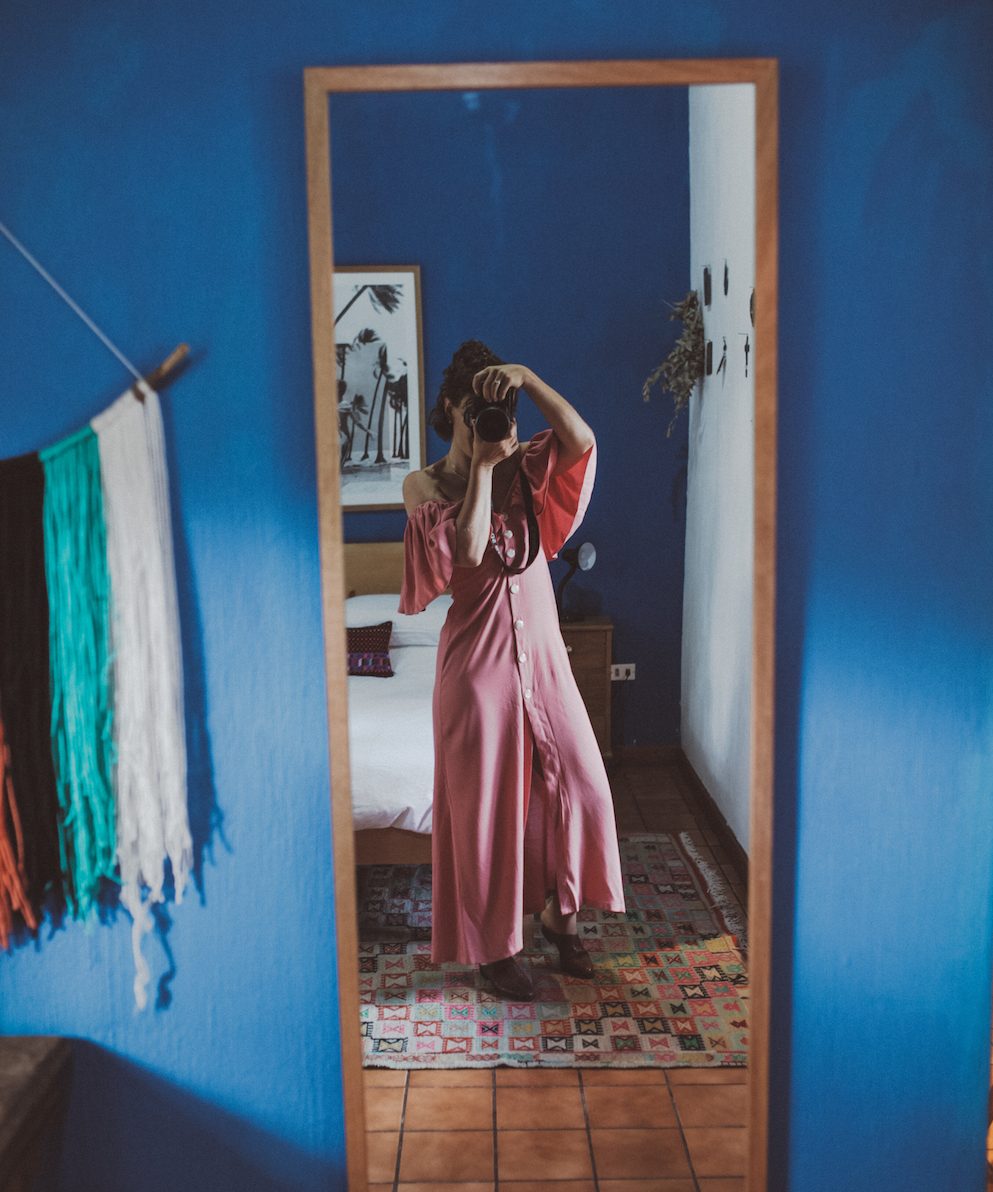 Jess Bercovici
Jess Bercovici
You fell in love with Guatemala, but was there also a bit of culture shock?
The culture here is so vibrant; there’s such a huge indigenous population. Their way of life is still really preserved. Visually, Guatemala is stunning. It’s a beautiful country. The people here are some of the kindest, most welcoming. So, no – no major culture shock. I live in Antigua, which is a colonial city, but we have bars and aspects of modern city life. It’s not super rural, as one might think. Over the last 11 years, there are more and more expats flooding in. It’s really expanded now. You have backpackers who come through and stay for three months, older hippies who were traveling through decades ago and never left, and mixed families who have settled here.
As you’ve built this business, have there been other businesses you’ve looked to for inspiration or for a model of how to create a sustainable economic engine for artisans?
When I first started I felt as though I didn’t know what I was doing. My initial idea was that I would travel around (not be anchored here) and sell things from different markets. I would curate collections from different markets around the world. The only company I knew about doing something somewhat similar was Gypsy River. I really admired what the founder was doing, and it was kind of my idea, too. I was traveling a ton at the time. So, I started an Etsy shop where I also made some of my own jewelry. One of my best friends had just started a small clothing company, so with her help I was able to create a line sheet and understand how to mark-up my production costs for wholesale pricing. Then a sales rep contacted me to represent me. She didn’t want to sell my jewelry because she had something like it but wanted to sell my bags. At that time, the only company I knew of selling artisan-made bags was Cleobella. This company really inspired me, too, to kind of focus on Stela 9’s story, which all kind of made sense anyway. I wanted to look at everything from an anthropological standpoint.
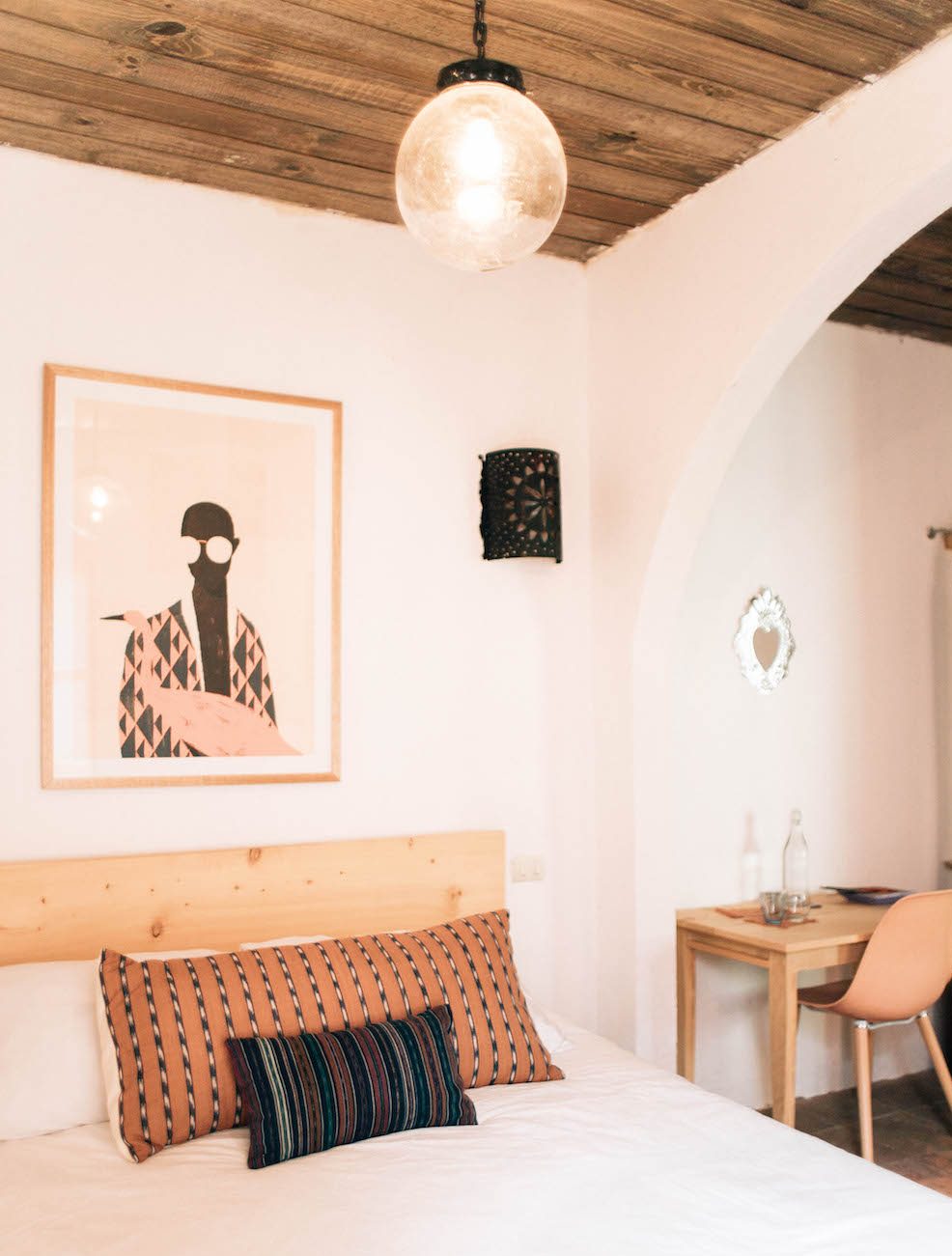 Casa de Stela
Casa de Stela
Tell me about the location you create Stela 9 products in and the Casa de Stela hotel/community?
As we were growing, we were always brainstorming ways to bring in different ideas. The way retail and manufacturing works, there’s a lot of pressure from the accounts/retailers we sold to, to lower prices. As an owner you spend a lot of time looking for ways to grow and deepen. There wasn’t a keen understanding of ethical business models in the beginning, and we stretched ourselves too thin with too many SKUs (styles) and working with artisans from multiple countries. Once I realized this, I really decided to focus on Guatemala and eliminating the SKUs that weren’t at our core anyways – items that we were now competing with other, larger companies mimicking the product. So, I began focusing on Guatemalan artisans, which was where I began.
My team and I would travel out to meet with artisans trained in different crafts, but I also wanted a space for them to meet us here. I rented a small house and was able to make one room into our office for three full-time employees, which eventually grew into six. With a full staff, warehouse space here in Guatemala and one in the states, trade show fees and sales reps, we had a little more overhead than necessary. In addition, our products are all hand-made. In order to have an ethical company, artisan producers need to be compensated fairly for their beautiful work and obviously the cost of something hand-made doesn’t quite compete with something mass produced in a factory.
As for Casa de Stela, I was still looking for a larger space for inventory, the team, and for artisans to come collaborate with us. Working with over 450 retailers, we were busy and needed more space. It was hard for me to find what I wanted then. One day, my realtors showed me this space across the street from something I was looking at, but it was three times the cost of what I could afford and the space I needed. But the space had so much potential that I couldn’t resist figuring out a way to make it work.
I can very much relate to taking that kind of leap of faith!
It definitely was. When we got into the space I thought of turning part of it into a boutique. I used it as a showroom first and kind of opened it up to the public as people took an interest. Also,to cut costs initially, I rented out the front courtyard as a cafe and the back rooms to locals.The rooms here in Casa de Stela used to make up a boutique hotel. In the beginning of taking on this space, I rented a few of the rooms to people in town. About a year into taking this space, I almost lost it all. That was because three of the large wholesale accounts we were working with filed bankruptcy. Overnight, we were in incredible debt, and I had to let everyone but one person in my company go. At this time, my youngest sister was working for Airbnb and suggested listing the rooms on the site. That seemed a bit overwhelming since I was so focused on building Stela 9. But I tried it, and one room on Airbnb made quadruple what I was making by renting long-term. Eventually, I put all the rooms on there, and it saved me. I just really didn’t want to let go of this beautiful space!
I consulted with an accountant at the time who thought the best financial decision I could make would be to move out of the soon to be named Casa de Stela, get rid of the store and warehouse, and then find a small, cheap apartment or room somewhere for myself. Fortunately for me and my pride, I didn’t take her advice, and turning my house into an Airbnb is what eventually got me out of that debt.
People really seem to love the experience of this place. That means a lot to me, because I was really nervous to show my face when first branding Stela 9 and eventually Casa de Stela. I didn’t want people to think it was cultural appropriation in any way. My aim is cultural preservation – contributing to this through incorporating weaving, plant dyeing, and leather working into our production and sharing the beauty of Guatemala around the world. My role within the company is really to bridge the divide within an international demographic. It’s my responsibility and joy to make designs that transcend and communicate Guatemalan culture abroad.
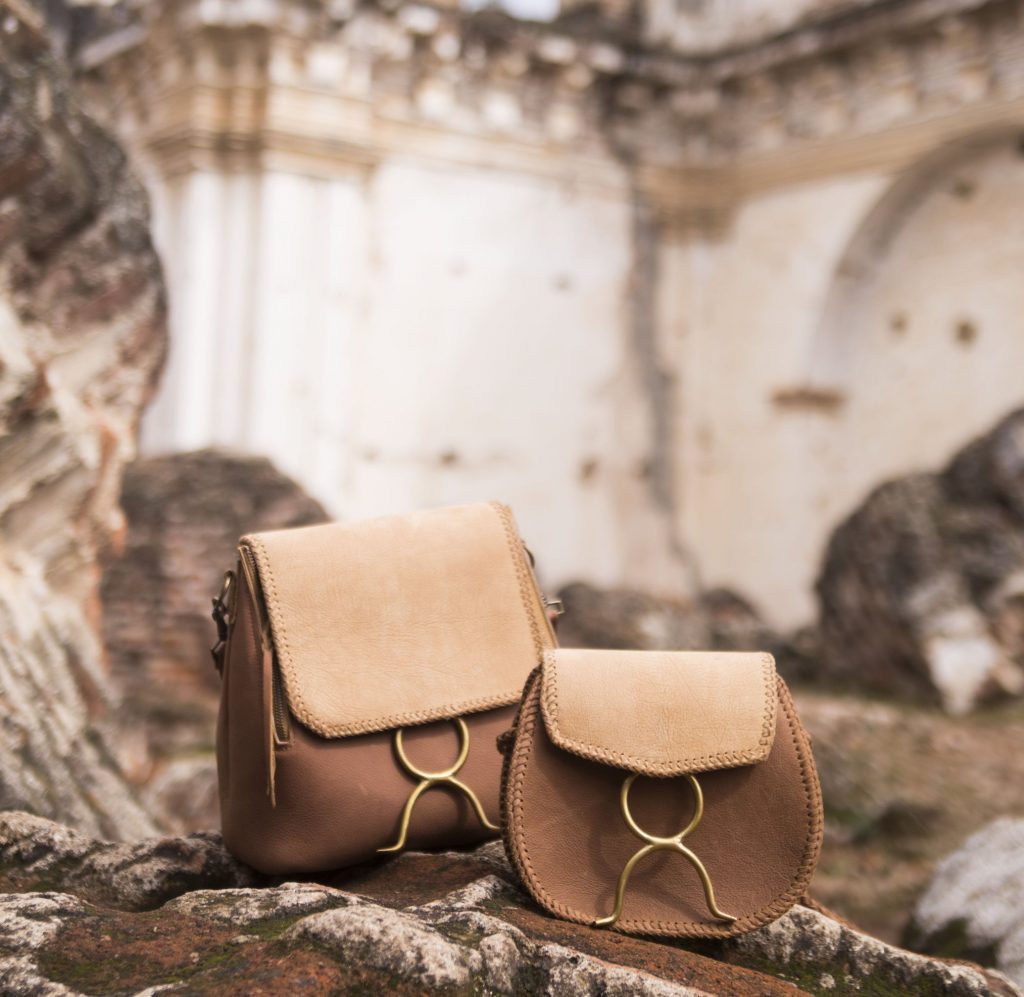 Stela 9 handbags
Stela 9 handbags
Your intuition and perseverance have really paid off, it seems. You’re also very open that you’re living with brain cancer (and living a very full life, it seems). How has this altered your day to day or perhaps how you view your time, your business, and decisions you make?
It was a strange time, because the bulk of the financial stress happened about five months before I was diagnosed. I found out I had brain cancer because I had a seizure. Once I was being checked out, they found a mass on my left frontal lobe. When I first was diagnosed I wondered what caused this; I wanted an answer. I’ve come to terms with the fact that there is never going to be one answer or one reason I have brain cancer. It’s much like the end of a civilization: there’s not one factor that causes its collapse. Not that I am near collapse! That being said, I think me being so stressed out was not helping. I was not focusing on my core skills and passions. I was just managing people and not being creative. Following my diagnosis, it was imperative that I collaborate with everyone on my team one-on-one again. I maybe didn’t trust this way of doing business before I got sick, because I felt like everyone might want to work more directly with others within the company, people who spoke Spanish better or were natives. But my colleagues expressed they want to work with me directly. When I was forced to downsize it was a blessing.
Another outcome is I am more comfortable and confident with my role. If my brain cancer or the financial pressures had happened five years ago I would have been really nervous and untrusting. Not to mention, there are so many people cropping up now doing something similar to Stela 9, and that also stressed me out for a while. Now I embrace that. With everything that’s happened, I realized I have a lot of knowledge to share. This realization led me to add mentorship programs to my work. First I did this organically, but now it’s a little more structured in the form of Artist + Artisan Residency Programs at Casa de Stela and education programs online. All of these artisans have really had my back, and together we can now share our work and skills with others.
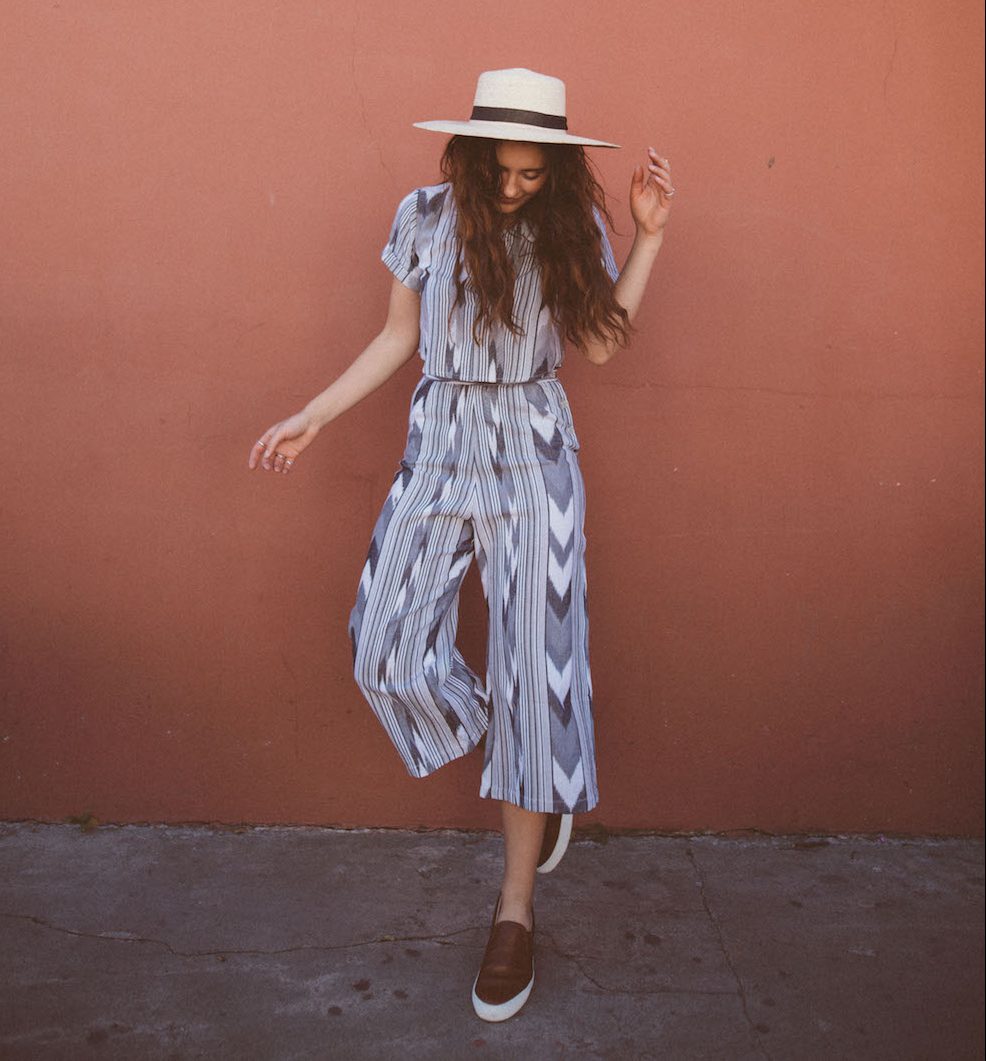 Stela 9 clothing
Stela 9 clothing
I know myself and others are so grateful for you sharing your journey – the struggles and the joy. Do you see yourself also expanding on the way you connect with others?
I would like to have more of a public forum for people to talk about struggles – like a blog, a space of some sort, or just a place of more information. It was almost impossible to navigate the information out there about cancer and what was going to be right for me. Even silly things like what wig to buy was an immense challenge. That isn’t a common sense thing. Through a lot of digging alone, I found out things like the American Cancer Society have loaner wigs! It’s not something you necessarily want, but all of this information was hard to come by! And insurance doesn’t cover items like wigs, just as an example of the many things one has to think about when dealing with brain cancer. It’s also really easy to lose yourself when something like this happens. I was a little nervous to be public about my treatments and my journey, but Stela 9 has always been a little bit representative of me. Plus, sharing was therapeutic for me.
That is a crucial pillar of Of The Wolves and why we exist – that sharing our stories is cathartic and helpful to others. Where do you think your tenacity and perseverance comes from?
I think having to focus on making things less stressful has really positively impacted Stela 9 and me. Perhaps dealing with such an extreme health issue and disease helped me refocus. And saying no when I need to has become a really important practice, too. I just didn’t know how to say no before I got sick. I was so concerned with making Stela 9 successful so I could pay everyone else, I wasn’t really taking care of myself. Things have really changed now!

